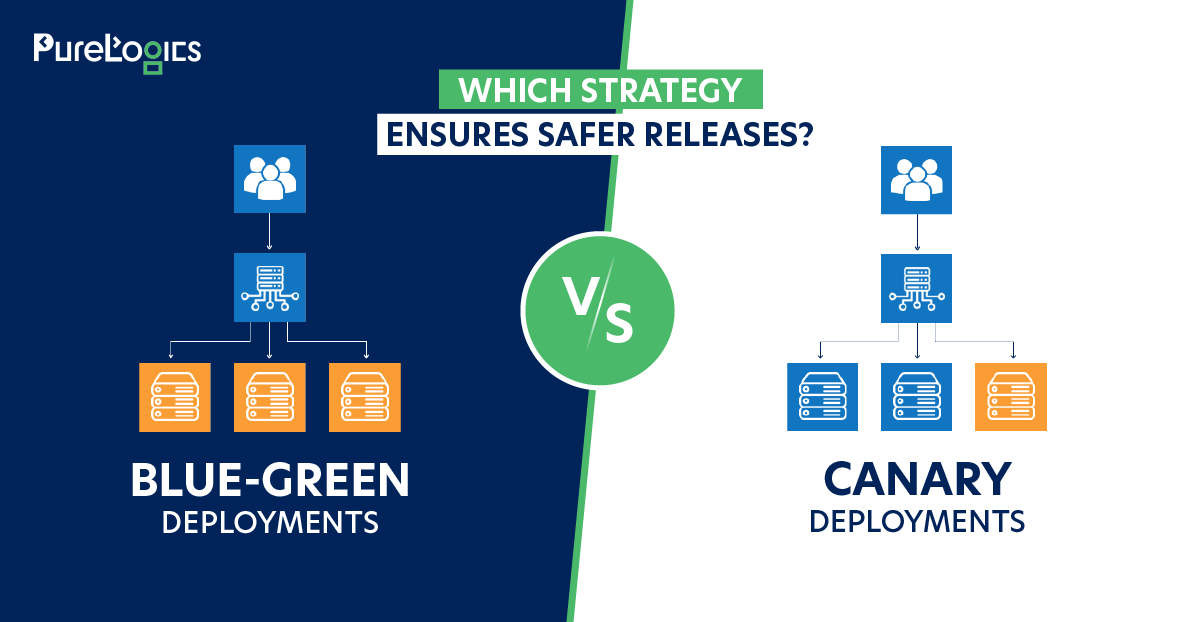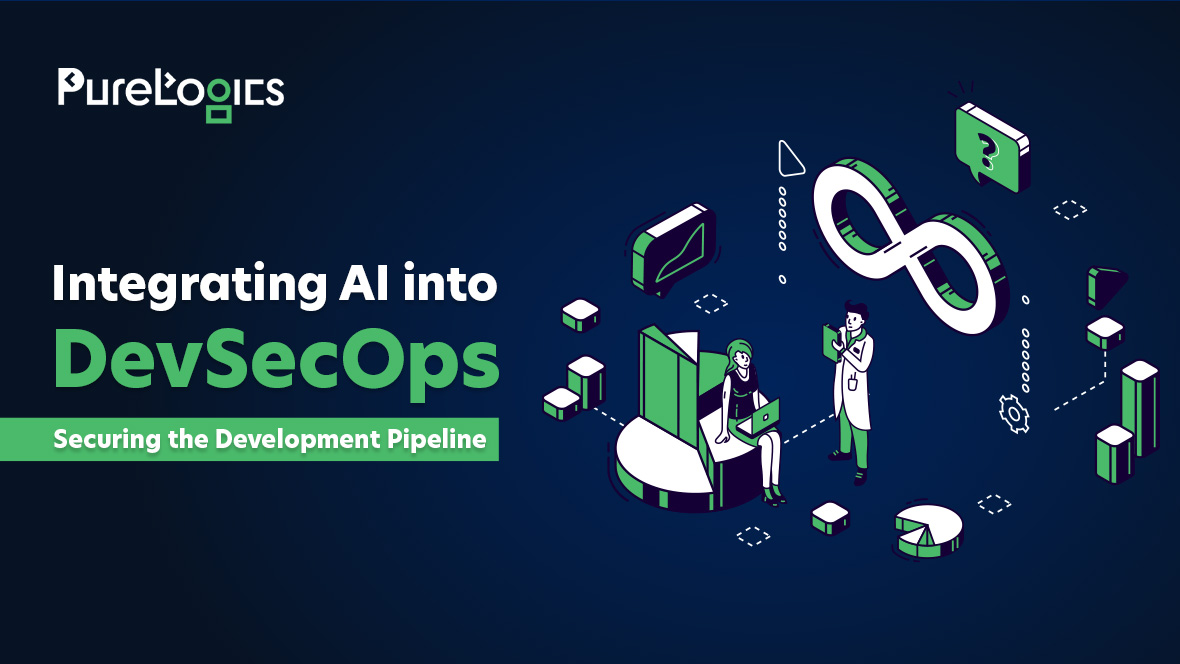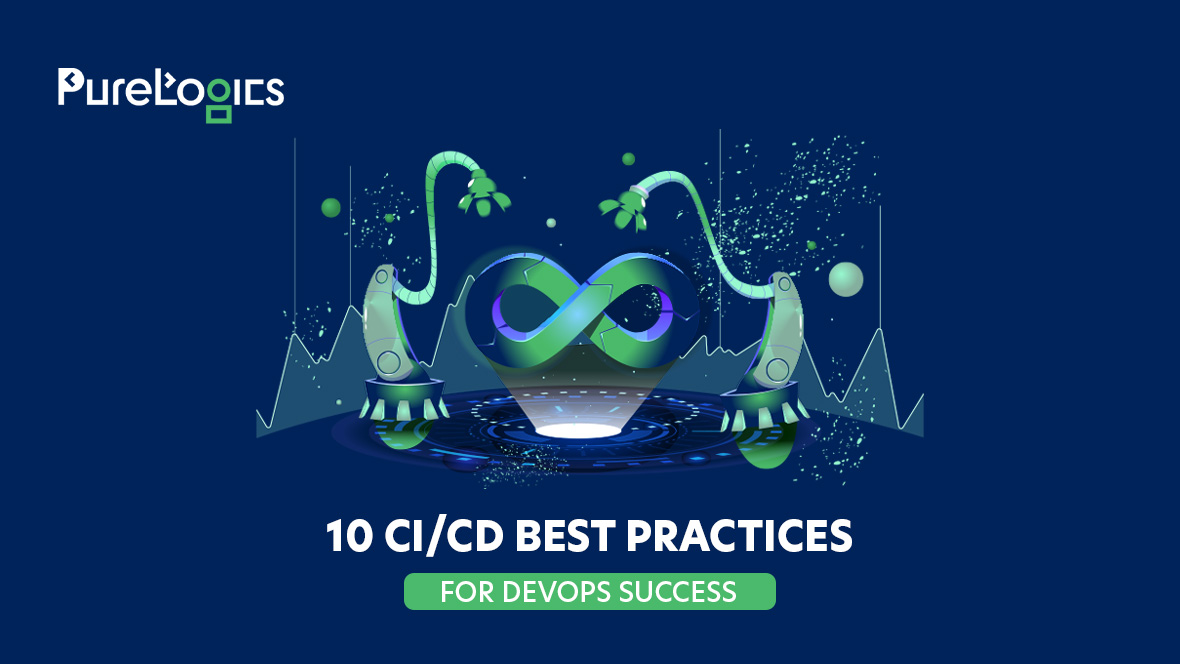In the initial days of software development, companies and software developers used to take a lot of time to develop premium-quality products because there used to be several errors and miscommunications between development and IT operational teams. Well, big thanks to the continuous development of new technologies and processes.
Today, we have methodologies in place that have accelerated software development. One such popular methodology is DevOps. Using DevOps, companies, and developers can save their precious time in software development, cooperation, and product releases.
When discussing DevOps with our prospects, we often encounter questions about how it will benefit their projects. Because there are different ways DevOps speeds up the software delivery process, we decided to craft a blog post explaining the top ways DevOps has accelerated the software development sector. So, without any further ado, let’s get started!
What is DevOps in Software Engineering?
The word ‘DevOps’ is a combination of ‘Development’ and ‘Operations.’ It emphasizes the integration and collaboration of the teams responsible for software development and IT operations. The traditional barriers that have divided these teams will be dismantled as part of this initiative, leading to a healthy culture of mutual cooperation, continuous feedback, and development.
PureLogics has a strong grasp of the importance of this cultural shift in the context of software development. Our 18+ years of experience in software development have proved that implementing DevOps enables healthy coordination between development, testing, and operational teams. This, resultantly, makes software development quicker, more dependable, and more productive.
Speed Up Development with DevOps Best Practices
Minimize bottlenecks and enhance team collaboration for faster releases.
Benefits of DevOps Compared to Traditional Software Development
| Benefit | DevOps | Traditional Software Development |
| Faster Delivery | Continuous integration and delivery enable faster releases | Longer development cycles with infrequent releases |
| Improved Collaboration | Promotes cross-functional collaboration between teams | Siloed teams with limited communication |
| Increased Efficiency | Automation of tasks reduces manual effort and errors | Manual processes are more prone to errors and inefficiencies |
| Enhanced Quality | Continuous testing and monitoring lead to higher software quality | Testing often occurs late, leading to more defects |
| Greater Flexibility | Agile approach allows quick adaptations to changes | Rigid processes make it difficult to respond to changes |
| Reduced Costs | Efficient resource usage and automation lower overall costs | Higher costs due to inefficiencies and rework |
| Improved Customer Satisfaction | Faster feedback loops enable quicker responses to customer needs | Delayed feedback often leads to customer dissatisfaction |
| Better Risk Management | Continuous monitoring and integration help identify and mitigate risks early | Risks are often identified late in the development cycle |
Top 7 Ways DevOps Accelerate the Software Development Process
The following are the top 7 ways DevOps can assist you in accelerating software development and delivery:
1. Automation
Automation is among the top fundamentals of DevOps. DevOps tools and technologies allow software development firms to streamline numerous stages of development, such as coding, testing, release management, and infrastructure provisioning.
DevOps minimizes the likelihood of manual errors, decreases the software deployment cycle, and helps companies and developers save their effort and time so that they can pay attention to strategic ideas.
2. Continuous Integration and Delivery
Continuous integration (or CI) also helps developers speed up software development by modifying a code without altering the core code. Continuous delivery (or simply CD) is the process of deploying software via automation. It assists developers in making constant updates at a constant frequency for every software version that has reached the development stage.
You can employ the DevOps integration and delivery services to send code in development while ensuring a continuous correction of errors and bugs and incorporating new features.
3. Collaboration and Communication
DevOps has successfully broken down the outdated silos between software development, IT operations, and other related departments associated with the software development lifecycle. The goal of DevOps is to keep every concerned stakeholder on the same page and produce the highest-quality product.
There is not a single tool that is free of drawbacks. Every tool comes with its own set of limitations and strengths. Therefore, companies and developers need to choose only those tools that best align with the demand for emerging tasks. For instance, Nagios excels in monitoring system health. Splunk is a widely used tool for logging and searching.

4. Infrastructure as Code
Infrastructure as a code is an automation DevOps solution that allows you to deliver software quickly. This DevOps solution offers all the essential resources for the software to get generated in both descriptive and manageable styles.
This innovative approach minimizes the probability of human errors, ultimately leading to a secure and optimized process. In addition to this, you can also be able to run configuration management tools based on the servers, system resources, databases, and virtual machines.
5. Monitoring and Feedback
Effective monitoring and feedback loops are crucial for DevOps success. By continuously tracking performance metrics and user interactions, teams can quickly identify and address issues, ensuring rapid resolution. This real-time feedback helps in refining features, improving quality, and adjusting strategies swiftly, ultimately speeding up the development cycle and enhancing overall product performance.
6. Improved Builds
DevOps fosters improved builds through automated build pipelines and rigorous testing practices. Automated build systems ensure consistent and error-free compilation of code, while continuous integration platforms test builds frequently to catch issues early. This approach reduces the time spent on manual build processes, accelerates the development workflow, and enhances the reliability of software releases.
7. Version Control
Version control is one of the significant DevOps practices, enabling developers to look at the version history and track the changes’ revisions. The end goal of this DevOps practice is the facilitation of the analysis and recovery of the code that requires revision. With the codes in the software merging in the same file, the changes become optimized, and every person involved in DevOps for the software development process can work on it simultaneously.
For a free 30-minute consultation, contact us. Fill out the form; our representative at PureLogics will get back to you shortly.


 [tta_listen_btn]
[tta_listen_btn]
 November 4 2024
November 4 2024






